Fuerteventura is the second-largest island in the Canaries, and whilst no longer a stranger to tourism, remains one of the least densely populated, offering plenty of space for visitors to venture well off the beaten track - both along its coastline which is fringed by the most magnificent beaches in the archipelago, and throughout its rugged interior.
As well as being the closest of the Canary Islands to the African continent, Fuerteventura is also considered to the be the oldest geologically, two facts which together go some way towards explaining the island's appearance. Over millions of years, winds have steadily eroded the island's volcanic peaks into low, rounded hills, and along its shores, finely ground sea shells have blended with powdery sands carried here on the winds from the Sahara to create a paradise for beach-lovers. Unlike the western Canary Islands, which attract a steady supply of rainfall with their tall, forested mountain ranges, Fuerteventura is largely dry and barren, so whilst the island will not please those seeking lush vegetation, it arguably offers the best climate for sun-worshippers. And the absence of greenery does not equate to a general lack of colour: travelling through the sparsely inhabited interior, one cannot help but marvel at how many different shades of brown nature holds in her palette, the beaches range from almost glistening white via warm golden tones to jet back, and the seas lapping these beaches span the spectrum from the palest Caribbean turquoise to the deepest Atlantic blue.
Beaches are undoubtedly Fuerteventura's main attraction, stretching out for mile upon mile, some of them offering a full range of tourist facilities, others completely untouched. It should be noted that, away from the resort centres, naturism is widely accepted on most beaches.
The two main resort areas have established themselves at opposite ends of the island: the port of Corralejo at the northern tip faces out across the narrow strait of La Bocayna towards Lanzarote, and is the starting point for boat trips to the uninhabited island of Lobos with its virgin beaches. Corralejo itself boasts several small sandy coves in the resort centre, whilst to the south-east of the town, the gently-shelving 10-km stretch of Grandes Playas, backed by a vast expanse of rolling sand dunes, is now protected from development (although there are two hotels which were built when tourism first arrived on the island).
In the south of the island, the Jandia peninsula has over 20 km of fine sandy beaches. At the start of this stretch (coming from the centre of the island), Costa Calma is a purpose-built resort of mainly 4-star hotels embedded in landscaped garden, with a laid-back atmosphere. At the far end of the beach, and the island's southernmost tip, lies the village of Morro Jable, with its fishing and ferry port, which has a more local feel. The resort of Jandia itself runs for a mile or two east from Morro Jable alongside a lovely pedestrian promenade, and boasts a full range of tourist facilities, although the atmosphere is certainly not as boisterous as in some resorts of Tenerife or Gran Canaria. In between Costa Calma and Jandia, smaller resort areas alternate with large undeveloped stretches of beach, many of which are popular with windsurfers and kite-surfers - the island takes its name from the Spanish words for "strong wind", although naturally some areas are more exposed than others. With its smaller but more sheltered beach, the resort of Caleta de Fuste in the centre of the east coast lacks the wow-factor of Corralejo's or Jandia's beaches, but is a good place to head to on windier days, and also boasts a well-designed golf course.
Some of the most stunning and often deserted beaches can be found along the west coast, such as Playa de Cofete and Playa de Barlovento on the north side of the Jandia Peninsula. Whilst these are magnificent for long walks along the shore, it should be noted that the currents on this side of the island are often dangerous so they are not suitable for swimming. One of the few safe places for sea bathing on the west coast are the shallow lagoons to the north of the fishing village of El Cotillo, which is also a good place to visit for a fresh fish or seafood lunch.
Unlike Tenerife, Gran Canaria and La Palma, which prospered as trading ports during the age of the discoveries, Fuerteventura has always been an economic backwater, largely reliant on fishing, farming (main crops being tomatoes and aloe vera), and goat herding - the island's goat cheese is its most prized product and is even protected by a "denominación de origen". But whilst there are therefore no splendid colonial towns to write home about, those who enjoy exploring will find a number of charming old villages dotted around the countryside, such as Pajara or Antigua. One of the prettiest is the former island capital Betancuria with its 17th century church and small museum of sacred art, whilst the village of La Oliva in the north of the island boasts a surprisingly good modern art museum. The present day capital, Puerto del Rosario, is a fairly unremarkable small town but is completely unaffected by tourism and is therefore a good place for eating, drinking or shopping amongst the local population. Other attractions worth visiting include the Ecomuseo la Alcolgida near the village of Tefia, a restored farmstead offering an insight into rural life on the island in days gone by, and the small zoo and botanical garden of Oasis Park with its 2,000 types of cacti. So whilst the island may not fully satisfy the cravings of dedicated culture vultures, there are enough diversions for those who simply seek an occasional reason to tear themselves away from the glorious beaches.
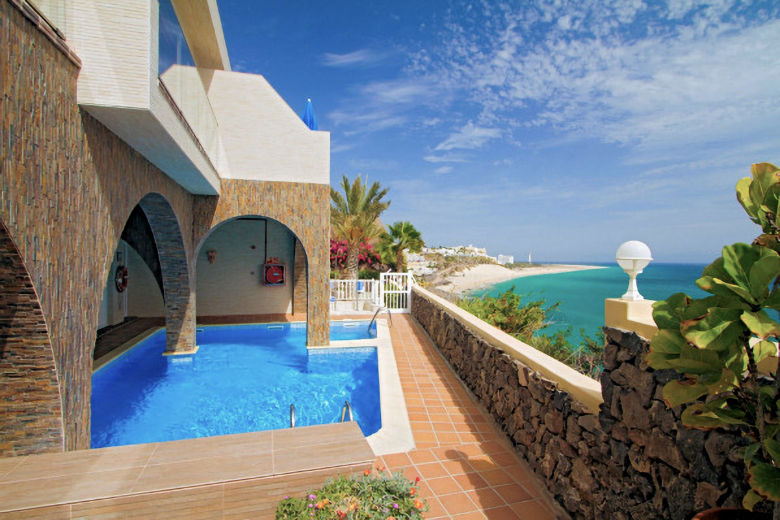
Morro JableComfortable apartments with panoramic sea views in the fishing village of Morro Jable, just a short walk from the start of Jandia's fabulous beach
Find out more here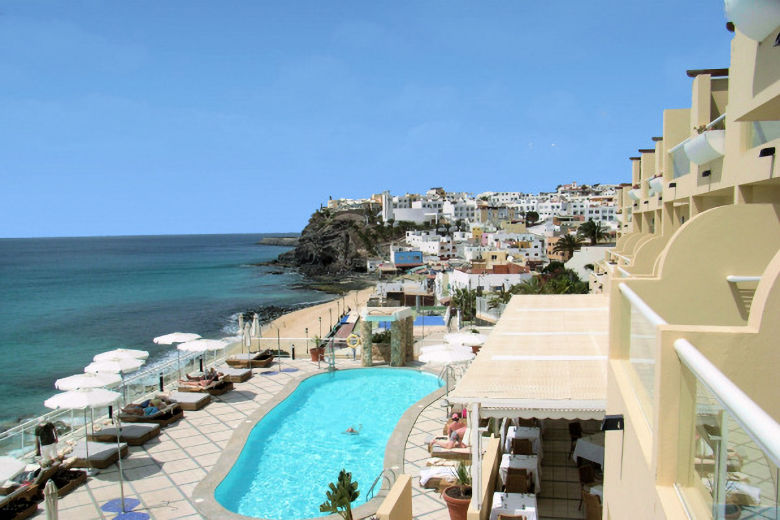
Morro JableA small and elegant hotel with a personal atmosphere in a superb beachside position, offering uninterrupted ocean views
Find out more here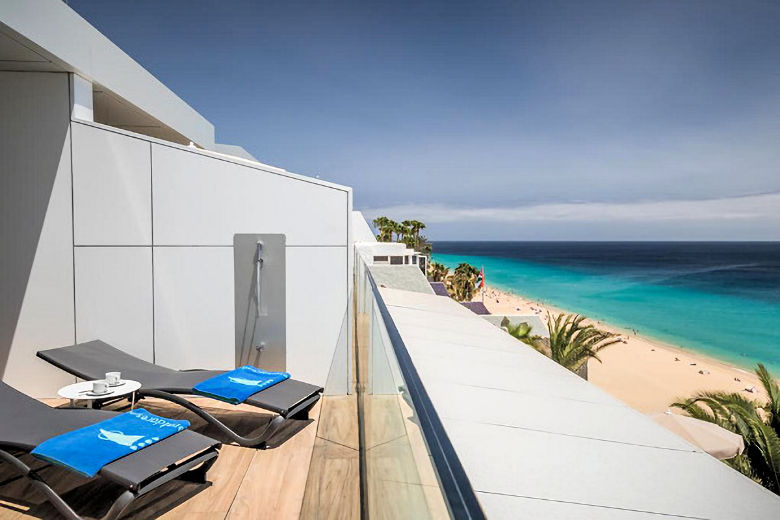
Morro JableTwo small groups of beautifully refurbished self-catering apartments located just above Jandia's superb beach, close to the village of Morro Jable
Find out more here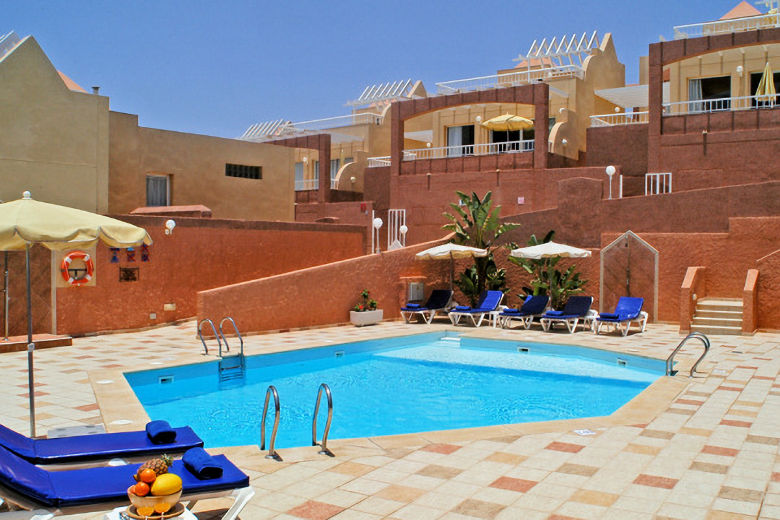
JandiaSpacious family accommodation close to Jandia's beach and resort centre, with a shared swimming pool and small spa area
Find out more here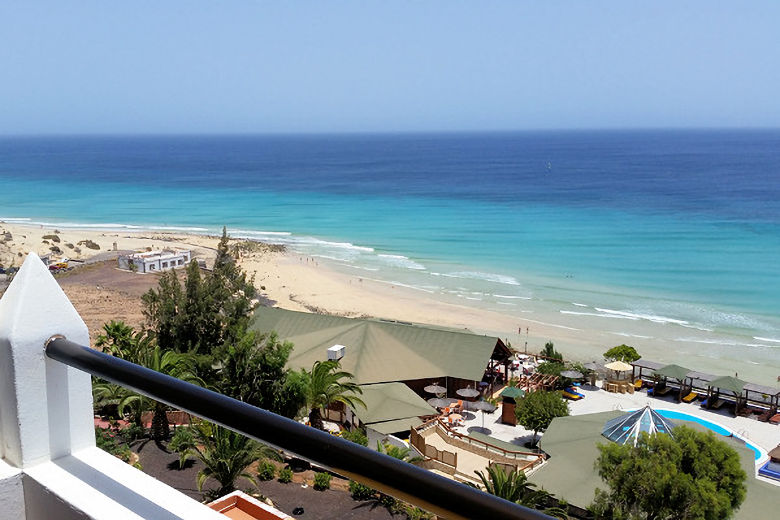
Playa de EsquinzoThis family-run aparthotel offers comfortable accommodation, splendid ocean views, good food and a very relaxed atmosphere, all just a stone's throw from a long sandy beach
Find out more here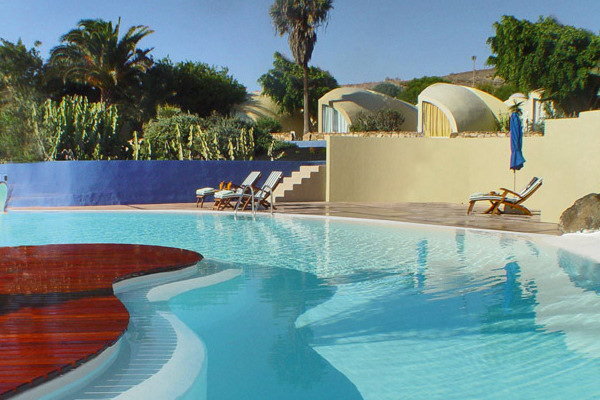
Costa CalmaA unique beach hotel offering distinctive architecture, exceptionally spacious accommodation and a very tranquil atmosphere
Find out more here
CorralejoA relaxing base in a quiet seafront setting between the popular resort town of Corralejo and its famous dune beach
Find out more here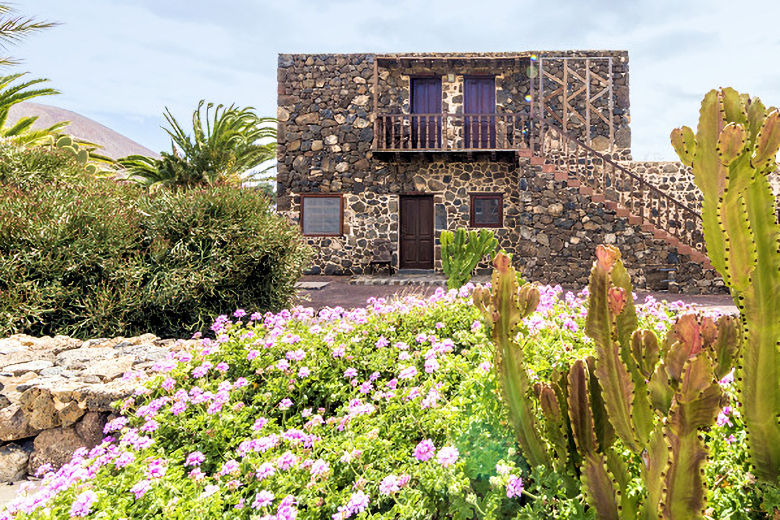
VillaverdeA small country hotel full of rustic charm, with a covered swimming pool, horse-riding stables and a popular restaurant renowned for its Canarian cuisine
Find out more here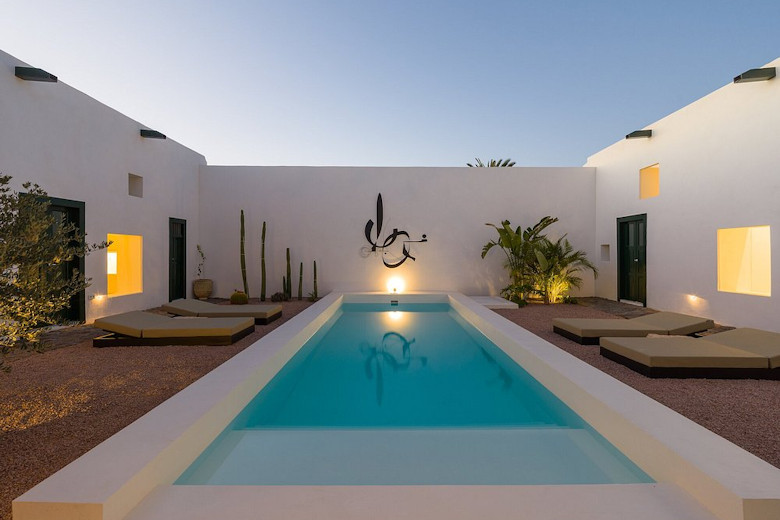
La OlivaA traditional village house converted into two stunningly spacious and stylish holiday homes sharing a beautiful swimming pool; perfect for honeymooners and other romantic couples
Find out more here